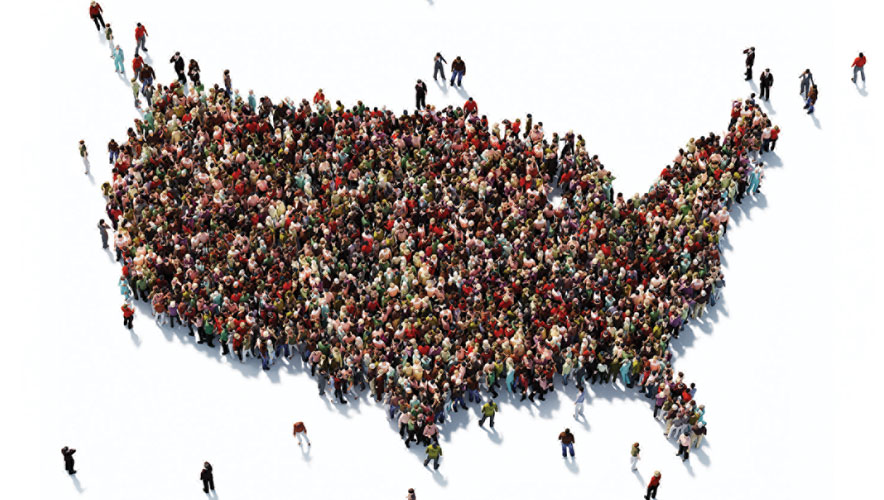Census Scrutiny
The 2020 U.S. Census, known as Census 2020, is already underway. For this census, the U.S. Census Bureau (USCB) is introducing new technology that will facilitate more online survey-taking. These new methods may reduce overall cost, but many are concerned that they will increase security risks.
Given this possibility, officials at the U.S. Department of Commerce (DOC), which has jurisdictional authority over USCB, have announced that they are making an unprecedented effort to guard the massive amount of information collected by the census from hackers.
“The sheer volume of complex and sophisticated attacks requires an ‘all-hands-on-deck’ approach to secure data and systems,” according to DOC’s Acting Chief Information Officer Rod Turk in a recent statement on federal census security.
The census is required by the U.S. Constitution and has been conducted every 10 years since 1790. Census 2020 will be America’s 24th census.
The count is crucial, for many reasons. The data is used to apportion the 435 seats in the U.S. House of Representatives, so it determines how many seats a state will have in the House and how many Electoral College votes it will have. The data is also used to plan the provision of government programs involving road construction, healthcare, education, food stamps, and more.
The 2020 Census, in particular, is significant for another reason. A few years ago, USCB set a goal that 55 percent of the U.S. population will take 2020 census surveys online, making it the first in U.S. history not conducted primarily through the mail and in-person survey interviews.
To secure this effort from hackers, USCB has set up a three-way partnership. Under the partnership, USCB is in charge of maintaining and coordinating operations across census 2020. USCB’s industry partners work to protect census systems, and federal intelligence agencies assist in detecting threats.
USCB officials say they are continually conducting system testing. “We recently asked leading industry partners to attempt to penetrate the 2020 census Internet self-response site, and I am proud to report that they were completely unsuccessful,” Turk says.
But the USCB still has much work ahead of it before it can claim that census security is sound, according to a recent GAO report, 2020 Census, that was issued at the end of August. The report finds that, as of June, USCB had identified nearly 3,100 security weaknesses that will need to be addressed going forward.
“With the 2020 census less than two years away, it is critical that USCB address these challenges and risks to ensure that its IT systems are developed, tested, and secured in time to support the count of the nation’s population,” the authors write.
